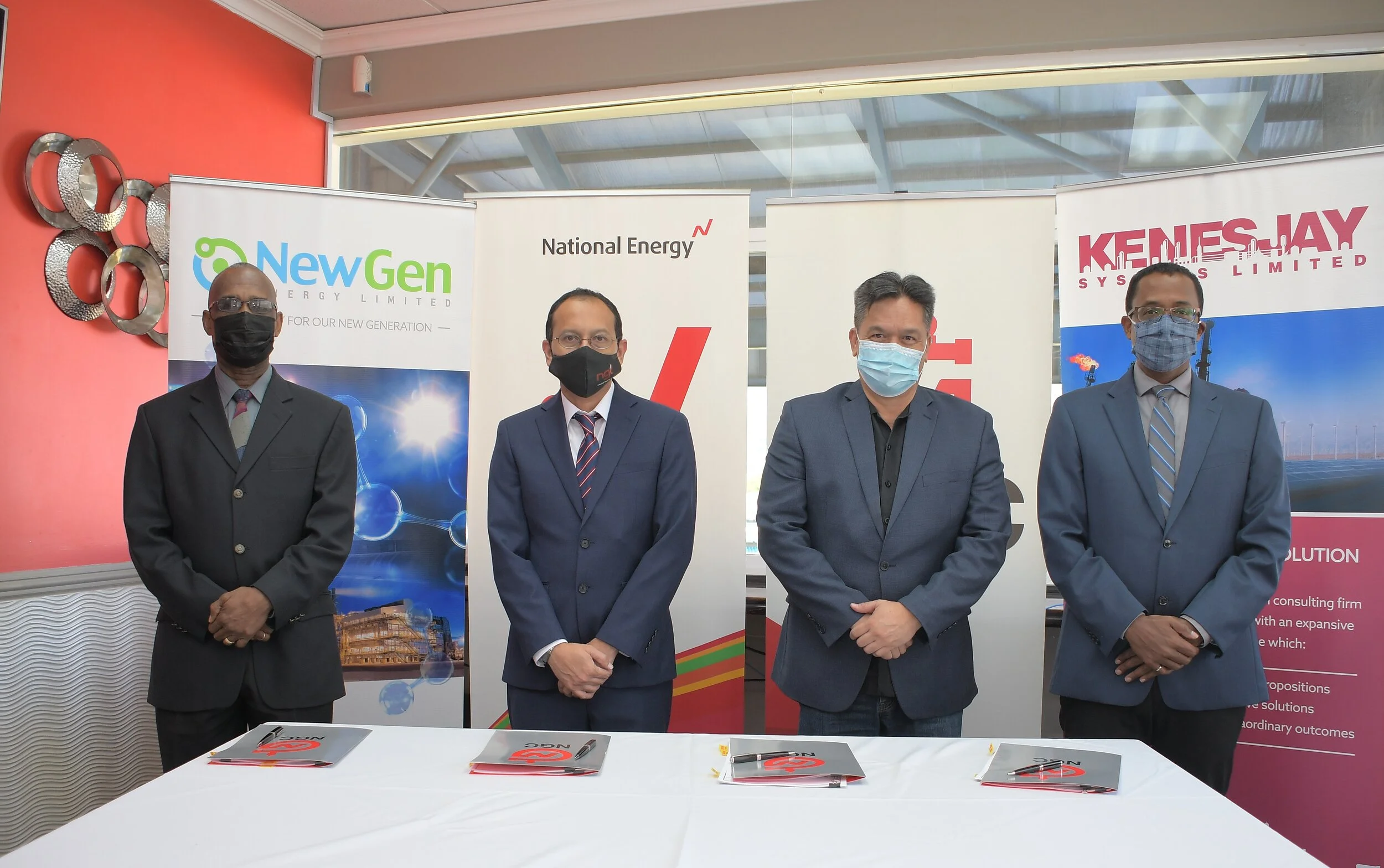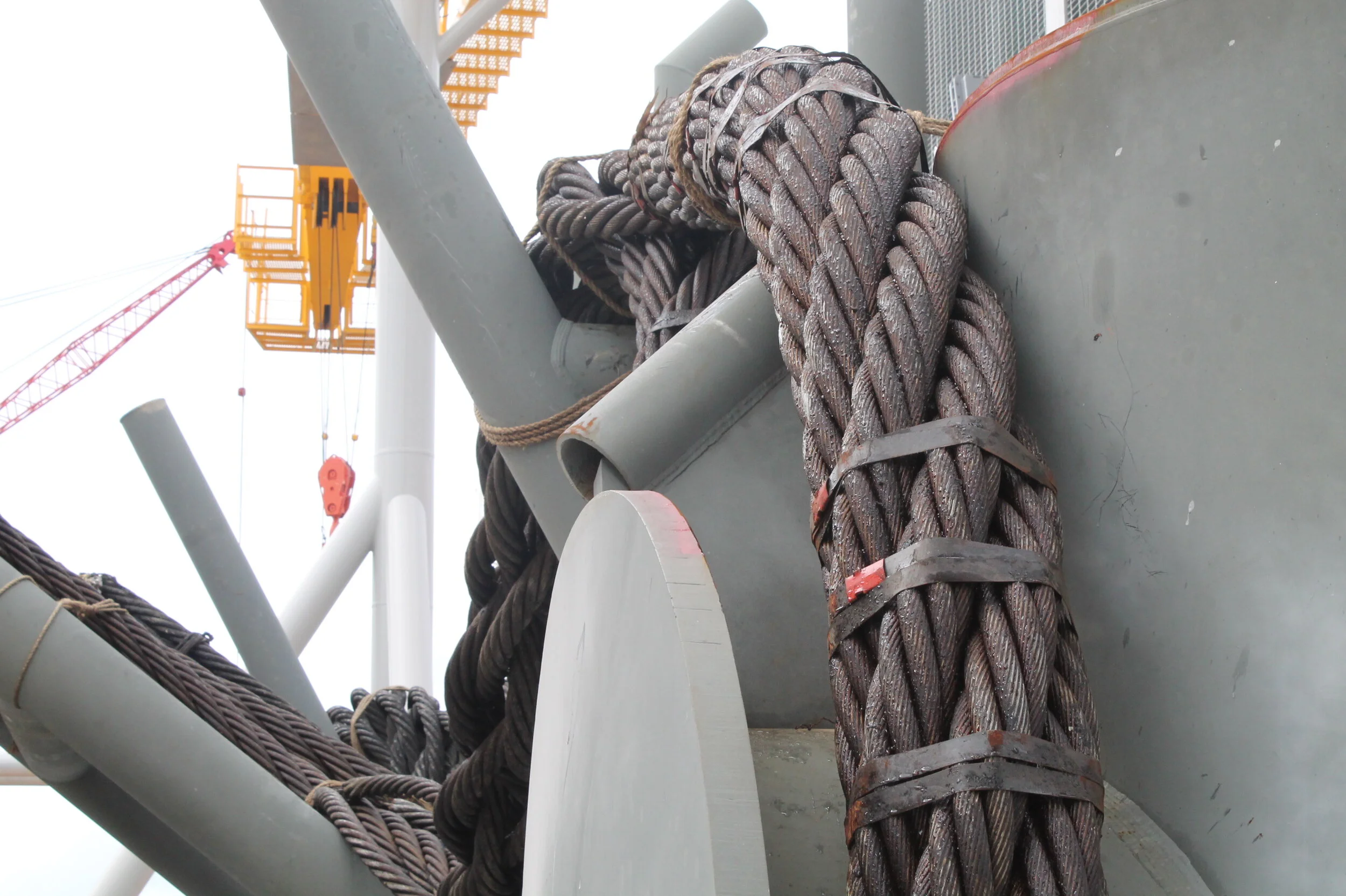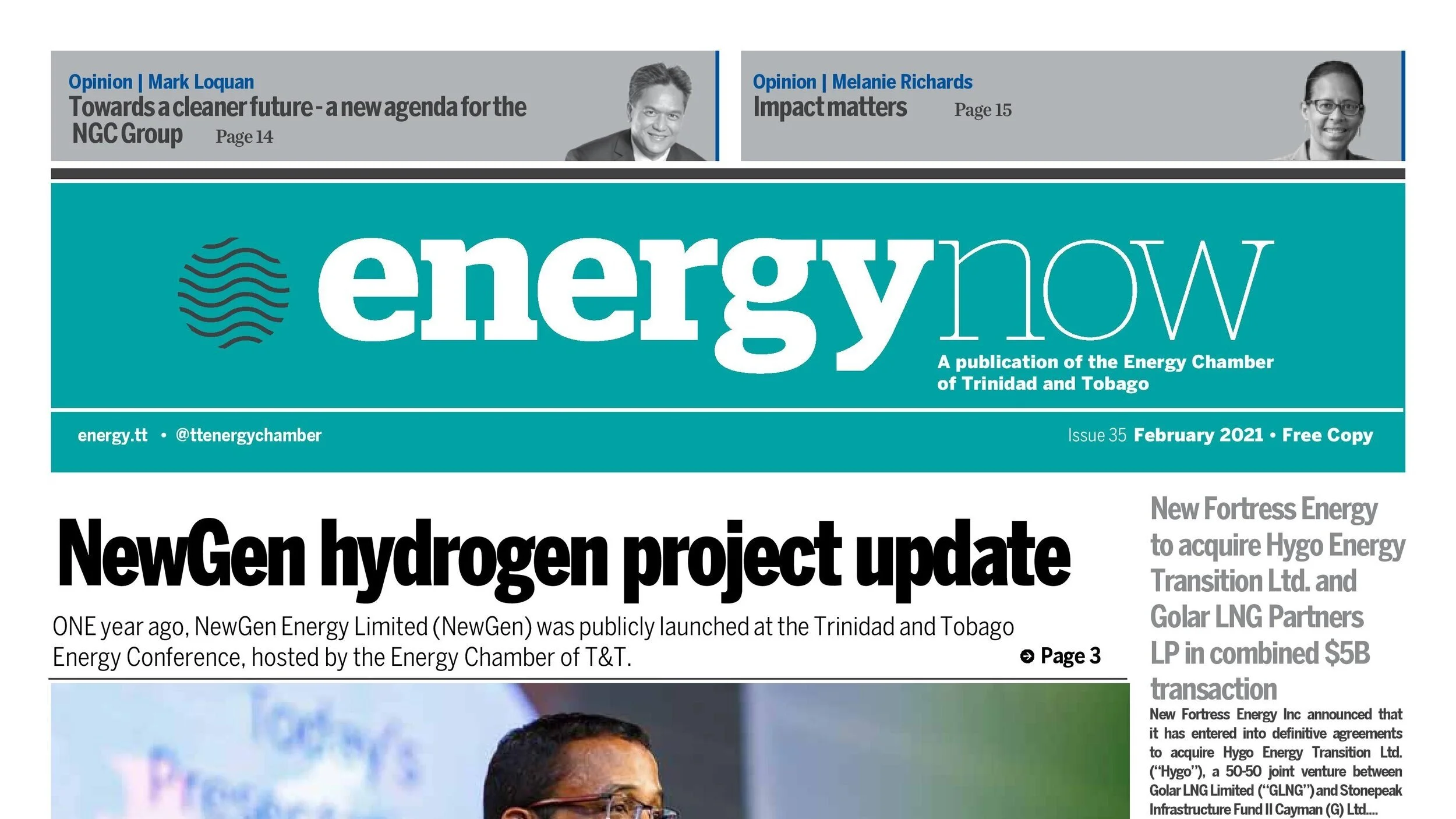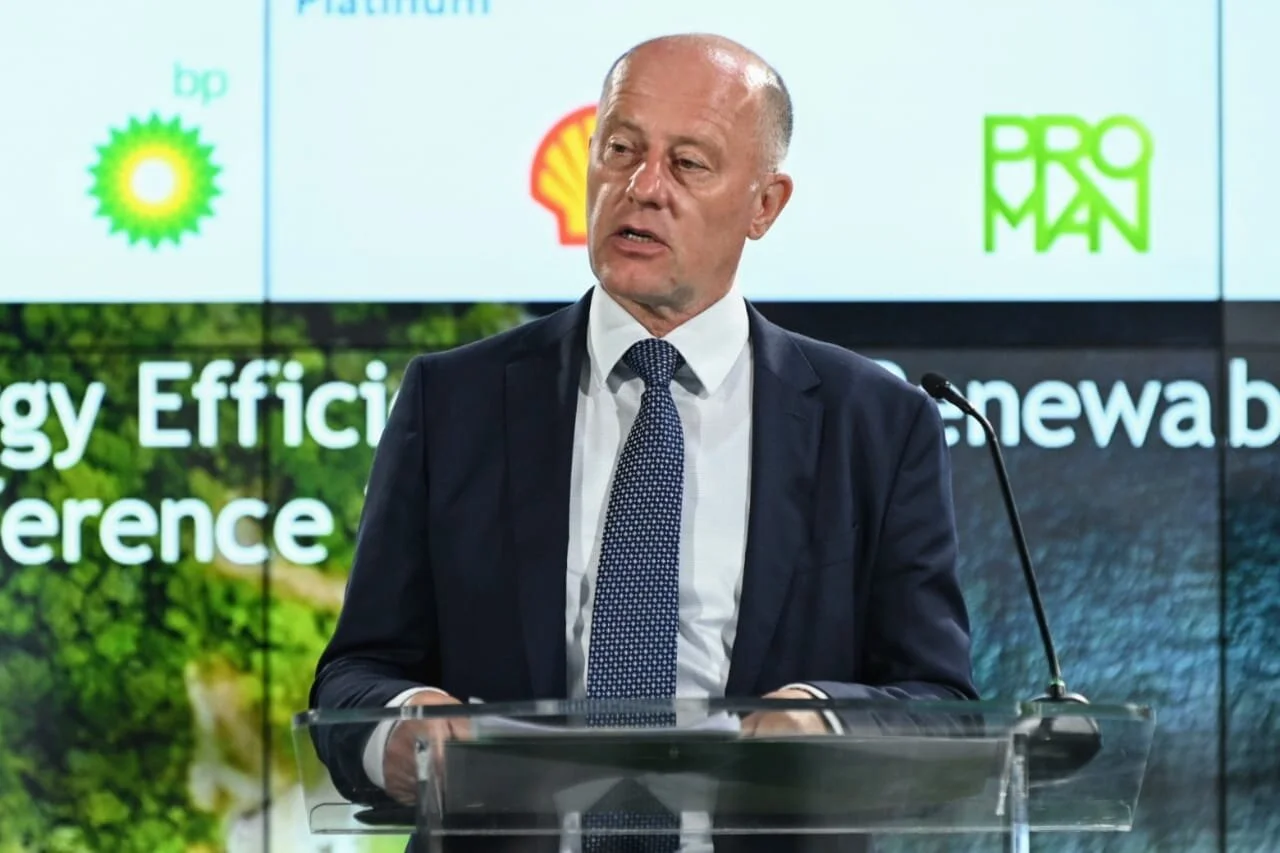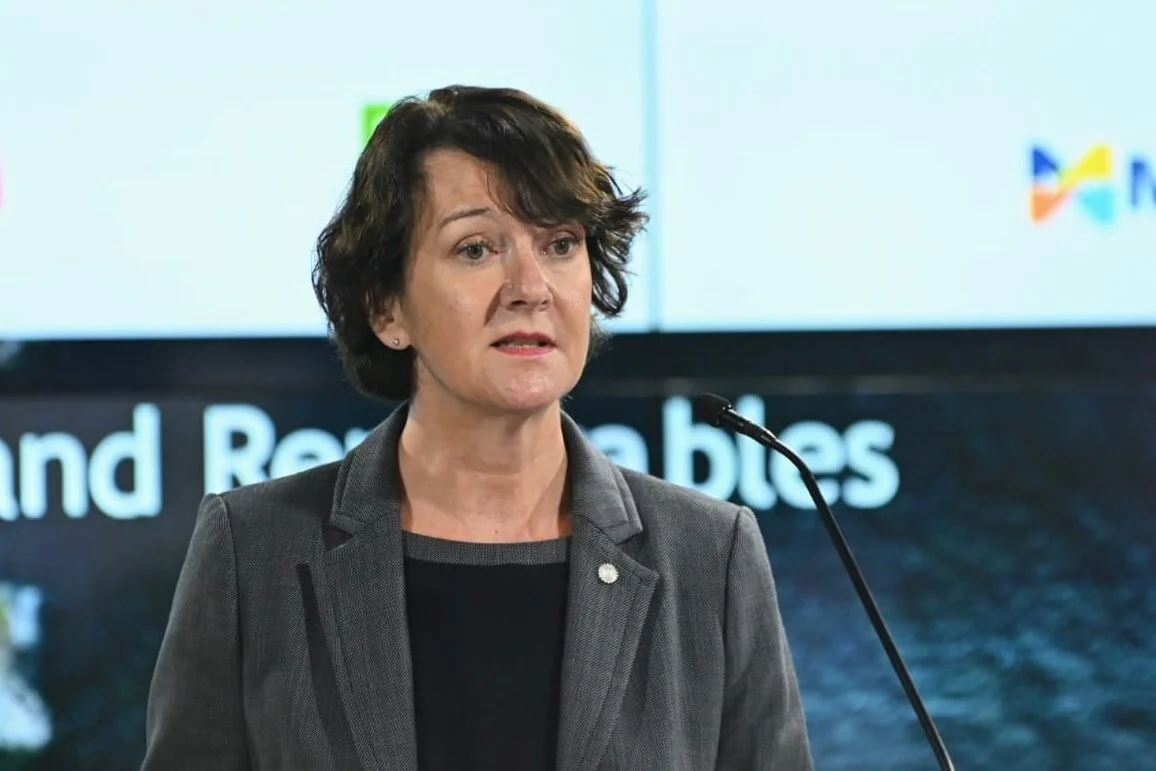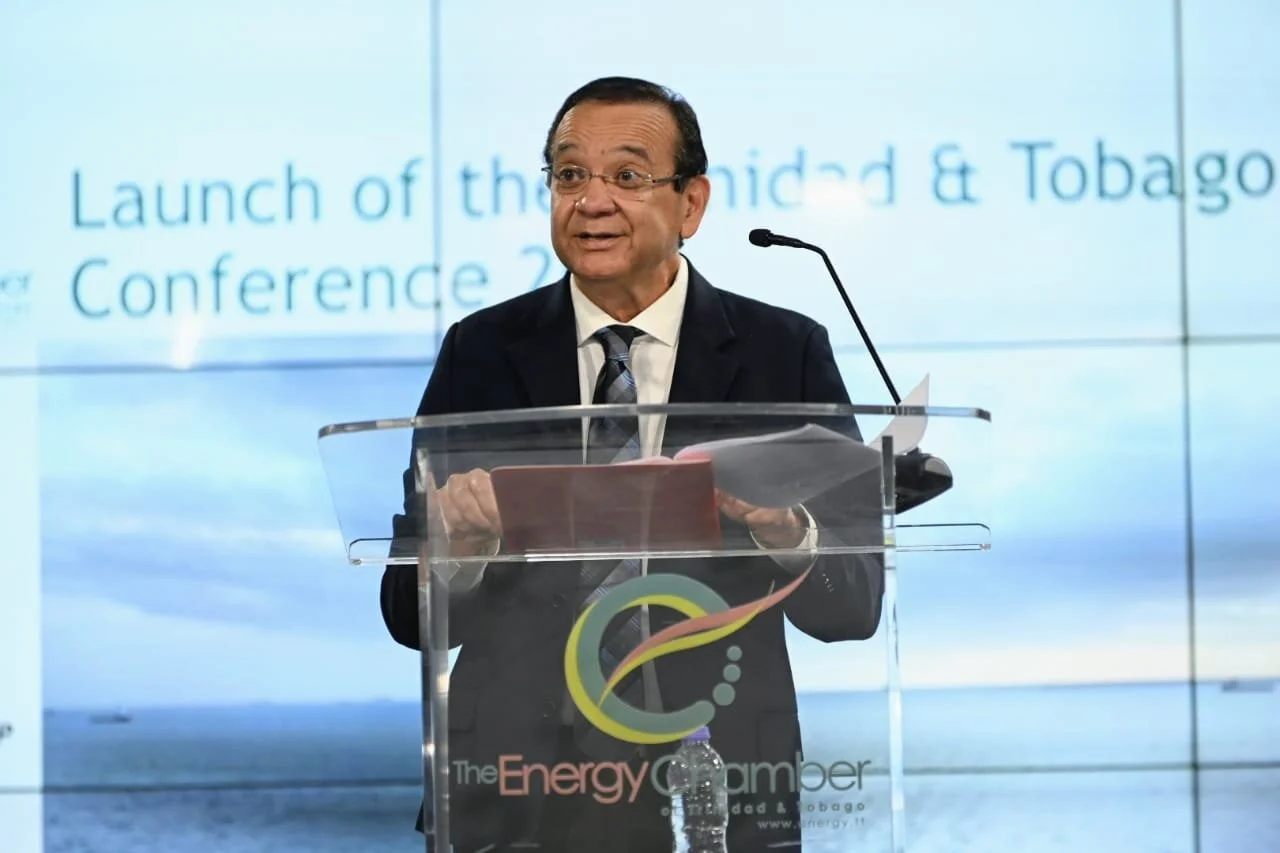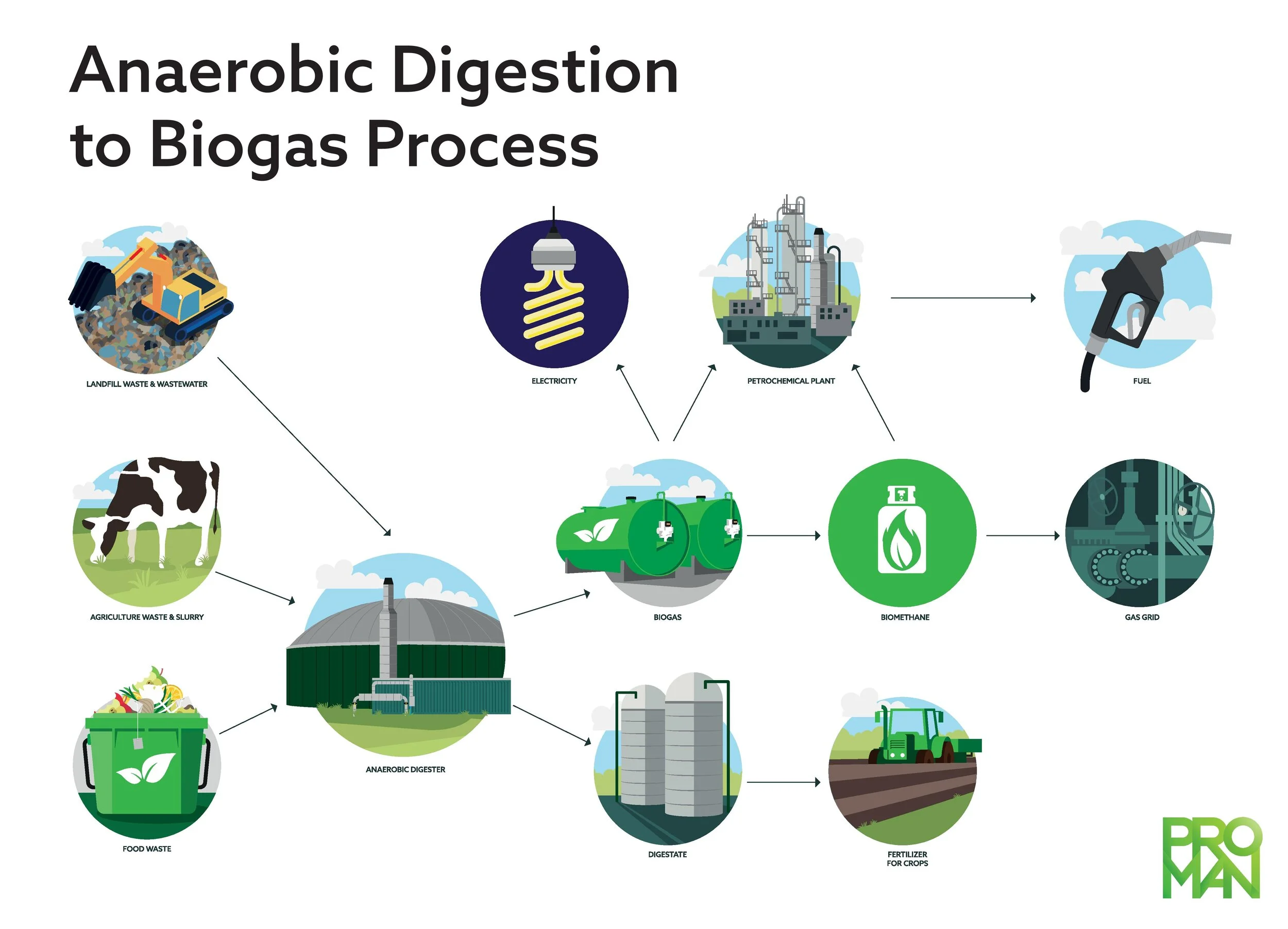The National Gas Company (NGC), National Energy Corporation (NE) and Kenesjay Green Limited (KGL) have signed a Memorandum of Understanding to work collaboratively on the creation of a sustainable hydrogen economy for the energy sector of Trinidad and Tobago. The partnership includes the exploring of the feasibility of joint development of viable projects and related initiatives in Trinidad and Tobago, regionally, and internationally.
Trinity Exploration and Production (Galeota) conducted its second Public Consultation for the proposed Galeota Asset Development (GAD) Project as part of the certificate of environmental process (CEC). Trinity has made the application to the regulator in Trinidad and Tobago, the Environmental Management Authority (EMA).
In the previous quarter, energy services companies continued to report drastic falls in value and volume of business. In this quarter, the trend continued and 69% of responding companies indicated the value and volume of business was below normal. This is a slight improvement from 75% in last quarter.
DNV GL, the assurance and risk management company, has announced that it will change its name to DNV on 1 March 2021. The move comes after a comprehensive review of the company’s strategy as it positions itself for a world in which many of DNV’s markets are undergoing fundamental change.
The International Emissions Trading Association (IETA) has indicated that it welcomes the decision by the Executive Board of the Clean Development Mechanism to temporarily extend CDM operations past the end of 2020. This means that projects can continue to operate while negotiators complete the rulebook for Article 6 of the Paris Climate Agreement and decide on the future of the CDM at COP26 in Glasgow next year.
According to Predator, the Pilot CO2 EOR programme is designed to demonstrate safe injection of anthropogenic CO2 ; to allow for sufficient lag time postinjection for reservoir pressure to stabilise; to collect oil viscosity data; and to use the results to evaluate and calibrate the pre-injection desk-top production forecast and the CO2 EOR commercial model. Pilot CO2 EOR is focussed on a single reservoir sand of the five producing Herrera reservoirs in the Inniss-Trinity Field, the Herrera #2 Sand, and a part of the field, the "AT-4 Block", representing approximately 10% of the total area potentially available for CO2 EOR injection.
BHP announced in its operational review that the Ruby project in Trinidad is on schedule and budget.
The Ruby project is intended to be five production wells tied back into existing operated processing facilities, with capacity to produce up to 16,000 gross barrels of oil per day and 80 million gross standard cubic feet of natural gas per day.
One year ago, NewGen Energy Limited (NewGen) was publicly launched at the Trinidad and Tobago Energy Conference, hosted by the Energy Chamber of T&T. NewGen, headed by Philip Julien, promises to be the first hydrogen production facility in Trinidad and the first green field facility in Pt Lisas in many years.
Now available: EnergyNow Issue 35
I would like to talk to you about Proman’s commitment to sustainability, and our ambitions for the future of the energy sector in Trinidad and Tobago.
We are meeting a mere seven months since the last conference and yet, such is the nature of life these days, a lot has changed in that time. In June we were in the middle of a lockdown here in Trinidad. While the world continues to grapple with COVID-19 there is some hope in the form of vaccines that are becoming available. The creation of COVID-19 vaccines has lessons for us as we confront climate change – it shows what can happen if there is alignment behind a clearly defined goal with a sense of urgency and purpose. It also demonstrates that more than one solution is needed to tackle global issues – and that includes climate change.
It gives me great pleasure to welcome you to the Energy Chamber’s 5th Annual Energy Efficiency and Renewables Conference. This is the second time that we are conducting the conference virtually and I’m pleased to have heard from Dax that there are over 450 in attendance – thank you all, this is a positive indicator that Dax and his team are doing a great job and that more of us are recognizing that the future sources of energy and their transformation to electricity and other forms that are useful for society, will be different and we’re all tuning in to contribute and to seize opportunities that will arise.
Ladies and gentlemen, I am indeed honoured to have been asked to join you today for what has become a staple feature of the energy industry. I dare say that, perhaps more than any other industry, your Energy Conference and now this offspring, have withstood the test of time. The irony of us gathering virtually, rather than in person, for a conference that discusses our transitioning away from reliance on fossil fuels, is not wasted.
It is my distinct pleasure in participating in the Energy Chamber’s 5th Annual Energy Efficiency and Renewables Conference which is aptly titled “Leading the Transition”.
bp and Equinor completed the formation of their strategic US offshore wind partnership. This includes bp’s $1.1 billion purchase from Equinor of a 50% interest in two major lease areas off the US East Coast. The new partnership will develop up to 4.4GW through two projects – Empire Wind and Beacon Wind – and together pursue further growth in the US offshore wind market.
It is my honour to address you today in such a critical time for the energy sector, and to welcome you to the virtual launch of the Energy Conference 2021. Over the years, we have witnessed the Energy Conference grow to become a much-anticipated annual fixture on our calendars, and with good reason. The Energy Conference has become something of a one-stop shop, a central point of focus which brings together key players from the energy sector, and presents opportunities to forge business relationships, all within a proven hydrocarbon province, with advantageous regional linkages.
The year since our last Energy Conference, in February 2020, has been a strange and difficult one. Just about this time last year, at our flagship Trinidad & Tobago Energy Conference, there was a palpable sense of optimism in the sector. After years of decline, Trinidad & Tobago’s gas production had seen two years of growth and there were many new investments on the horizon. Guyana had just joined the ranks of oil producers and there was positive news of exploration successes coming out of neighbouring Suriname. While prices were not stellar, they were certainly healthy. While it was still early days, the new state-owned Heritage Petroleum had got off to a successful start and the restructuring of the old Petrotrin had happened without major incident.
Proman and The University of the West Indies (The UWI) announced the launch of an exciting new study to examine the potential of a biogas supply chain for Trinidad and Tobago, in line with national decarbonisation and waste-reduction efforts.


